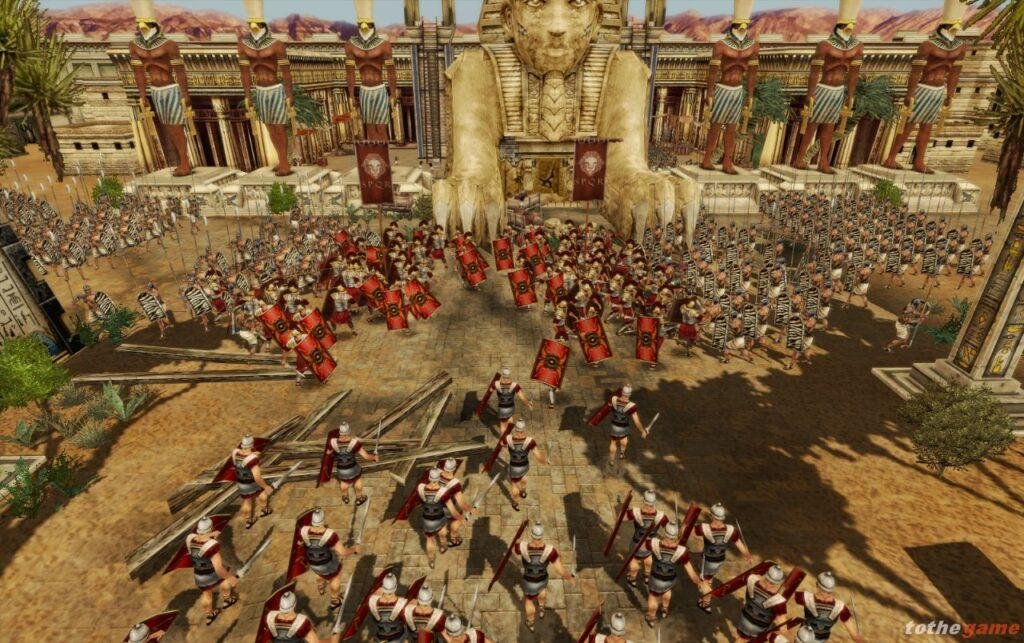Rise and Fall of Ancient Empires
The Rise and Fall of Ancient Empires, such as the Roman and Persian Empires
Ancient empires, such as the Roman and Persian Empires, have played a significant role in shaping the course of human history. This essay will explore the rise and fall of the Roman and Persian Empires and analyze the factors that contributed to their successes and failures.
These empires emerged through conquest, expansion, and consolidation of power, and they lasted for centuries before eventually falling due to various factors.

The Rise of the Roman Empire
The Roman Empire was founded in 27 BC after the Roman Republic collapsed due to internal conflicts and civil wars. The empire’s foundation was built on military conquest, with Roman armies expanding their territory through aggressive campaigns and establishing colonies throughout the Mediterranean world.
The empire’s success was also due to its sophisticated administrative system, which enabled effective governance of vast territories and diverse populations.
The Roman Empire reached its height under the rule of Emperor Trajan in the second century AD. At this time, the empire spanned from modern-day Britain to Egypt and from Spain to the Middle East.
Rome was a thriving metropolis, boasting a population of over one million people and impressive architectural achievements like the Colosseum and the Pantheon.
The Fall of the Roman Empire
Despite its early success, the Roman Empire began to decline in the third century AD. There were a variety of factors that contributed to its downfall, including economic instability, political corruption, and military overextension.
The empire’s vast size made effective governance difficult, and ongoing conflicts with neighboring states thinned its military forces.
One significant factor contributing to the fall of the Roman Empire was the invasion of outside barbarian tribes.
The Goths, Visigoths, and Huns, among others, launched attacks on Roman territories and weakened the empire’s military strength. Additionally, rising inflation weakened the empire’s economy, leading to a decline in trade and commerce.
The Rise of the Persian Empire
The Persian Empire, also known as the Achaemenid Empire, emerged in the sixth century BC under Cyrus the Great’s rule.
The empire’s construction relied on military conquest. Persian armies expanded territory by conquering neighbors and establishing colonies in the Middle East and Asia.
The Persian Empire’s sophisticated administrative system enabled effective governance of diverse populations. The empire’s rulers’ religious tolerance facilitated peaceful coexistence with diverse faiths and cultures.
The Persian Empire reached its height under the rule of Darius the Great in the fifth century BC. At this time, the empire spanned from modern-day Greece to India and from Egypt to Central Asia. Persia was a thriving civilization, with impressive architectural achievements, such as the palace complex at Persepolis.
The Fall of the Persian Empire
Despite its early success, the Persian Empire began to decline in the fourth century BC. Alexander the Great’s invasion, defeating the Persian armies, and conquering much of the empire’s territory, significantly contributed to its downfall.
Internal conflicts and struggles for power weakened the empire’s rulers, making effective governance difficult.
The Hellenistic world absorbed the Persian Empire, and its cultural legacy continued to influence the region for centuries. However, it was never able to regain the power and control it had under the rule of Cyrus and Darius.
Conclusion
The rise and fall of ancient empires like the Roman and Persian Empires remind the cyclical nature of human history.
These empires emerged through military conquest and consolidation of power, lasting for centuries before eventually falling due to various factors. Including economic instability, political corruption, and military overextension. 카지노사이트
